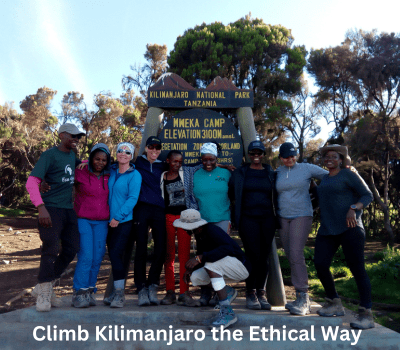Is it Possible to Prevent Altitude Sickness Completely While Climbing Mount Kilimanjaro
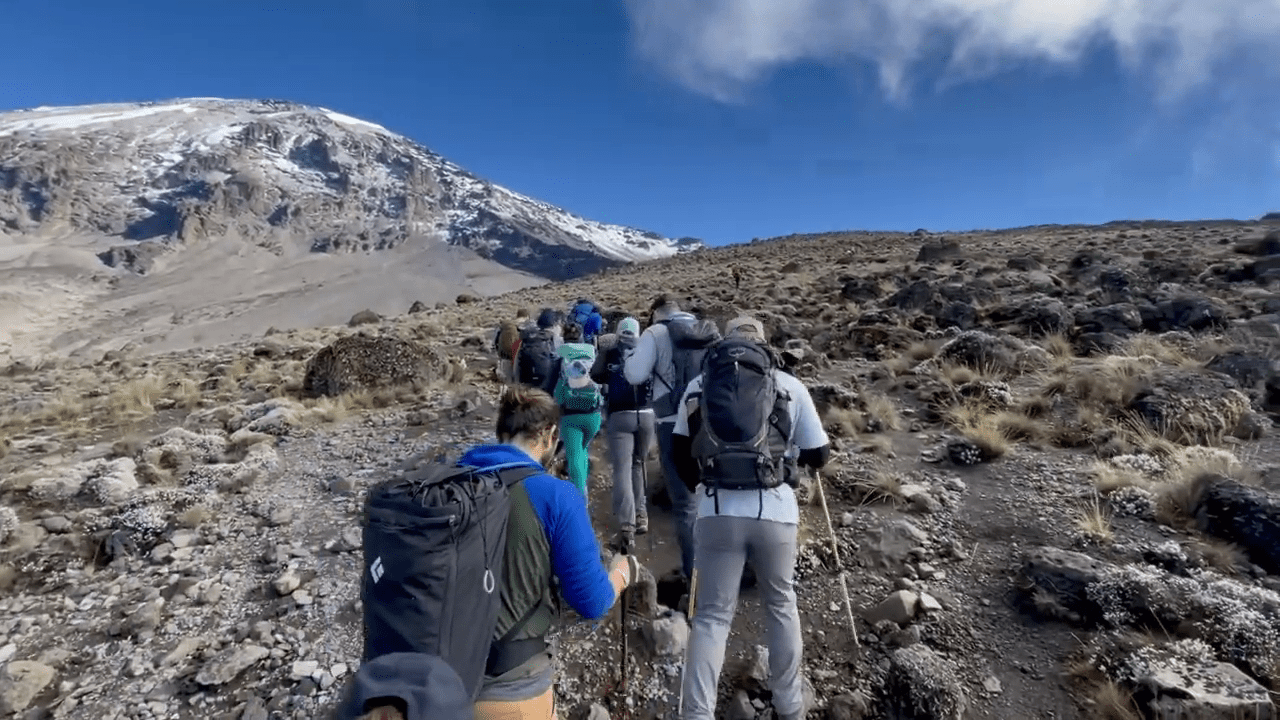
Introduction: The Biggest Barrier Between You and the Summit
You’ve been dreaming of standing on the Roof of Africa — Uhuru Peak, 5,895 meters above sea level. But there’s one challenge that stands between you and the summit that no amount of motivation can overcome alone: altitude sickness. Also known as Acute Mountain Sickness (AMS), it affects more than 75% of climbers on Kilimanjaro in some form. But is there a way to completely prevent it?
The short answer? No, it cannot be entirely prevented — but it can absolutely be managed, minimized, and controlled to a level where it doesn’t stop you from reaching the top. With smart preparation, the right route, expert guides, and proper pacing, your chances of summit success without serious symptoms go way up.
In this guide, we’ll explore the science behind altitude sickness, why it happens, how your body reacts, and most importantly, how to prevent it as much as possible when climbing with a trusted, KPAP-partnered team like Eco-Africa Climbing.
What Is Altitude Sickness and Why Does It Happen?
Altitude sickness is your body’s response to the reduced oxygen available at higher elevations. As you climb, air pressure drops and so does the amount of oxygen your body absorbs. On Mount Kilimanjaro’s summit, oxygen levels are only about 50% of those at sea level.
Three types of altitude sickness:
- AMS (Acute Mountain Sickness): Most common. Symptoms include headache, nausea, dizziness, and fatigue.
- HAPE (High Altitude Pulmonary Edema): Fluid in the lungs. Life-threatening.
- HACE (High Altitude Cerebral Edema): Fluid in the brain. Life-threatening.
Most trekkers on Kilimanjaro only experience mild AMS. But for some, symptoms escalate into more serious forms. That’s why your guides must monitor your oxygen levels and be trained in altitude emergency response.
At Eco-Africa Climbing, guides use a pulse oximeter twice daily to track your oxygen saturation and heart rate. This data helps them assess your acclimatization status in real-time.
Why Some People Get AMS and Others Don’t
One of the most frustrating things about altitude sickness is its unpredictability. It doesn’t matter how fit you are, how young or old you are, or whether you’ve hiked before. Some marathon runners get it; some 70-year-olds don’t.
What increases your risk:
- Rapid ascent (short itineraries)
- Poor hydration and nutrition
- Lack of prior altitude experience
- Pre-existing respiratory or heart conditions
What you can control is how you plan and prepare your climb. The biggest preventable risk factor is choosing a route that ascends too quickly. This is why Eco-Africa recommends longer itineraries with built-in acclimatization days, such as:
- 9-Day Northern Circuit – The best route for altitude adaptation
- 8-Day Lemosho Route – Highly scenic, gradual ascent
Compare routes here: Best Kilimanjaro Routes for Acclimatization
How to Minimize the Risk of Altitude Sickness on Kilimanjaro
While it’s impossible to guarantee you won’t feel the effects of altitude, there are several proven strategies that drastically lower the chances of altitude sickness interfering with your summit bid. The best climbers aren’t the fastest — they’re the ones who climb the smartest.
1. Choose the Right Route
Short itineraries like the 5-day Marangu or 6-day Machame may be tempting to save money or time, but they offer poor acclimatization and significantly increase the risk of AMS. For a safer, more successful climb, choose:
2. Go “Pole Pole” (Slowly)
You’ll hear this phrase from your guides every day: pole pole (Swahili for “slowly”). The slower you climb, the more time your body has to adjust to the altitude. Rushing is the #1 way to trigger AMS.
3. Hydrate and Eat Well
Drink at least 3–4 liters of water per day and eat all meals provided by your trekking team. Even if you’re not hungry, food provides fuel for acclimatization. At Eco-Africa Climbing, meals are carefully planned for high-calorie, high-carb nutrition to fuel your body in thin air.
More on food: What You’ll Eat on Kilimanjaro
4. Sleep Low, Climb High
Where possible, gain elevation during the day and descend slightly to sleep. Routes like Lemosho and Northern Circuit naturally follow this pattern. Sleeping at lower elevations after a higher daytime climb allows your body to acclimatize more efficiently.
5. Monitor Symptoms and Rest When Needed
Your guides at Eco-Africa Climbing perform daily health checks and oxygen saturation readings using pulse oximeters. If your numbers drop or you experience symptoms, they’ll advise extra rest, slower pace, or treatment.
Diamox: Should You Take It?
Diamox (acetazolamide) is a commonly prescribed altitude medication that helps your body acclimatize faster by increasing breathing rate and reducing fluid buildup. Many climbers use it preventively.
How to use Diamox:
- Start 1–2 days before your trek (125–250mg twice a day)
- Continue for the duration of the climb
- Drink more water (Diamox is a diuretic)
Always test your tolerance before leaving home. Some people experience tingling in the fingers, taste changes, or frequent urination — all manageable but important to know in advance.
Details here: Guide to Using Diamox on Kilimanjaro
The Importance of a Professional Support Team
Perhaps the most overlooked — yet critical — factor in preventing altitude sickness is your guide team. Trained, experienced guides know the early signs of AMS and how to respond. With a company like Eco-Africa Climbing, you’re supported every step of the way.
They provide:
- Twice-daily medical checks
- Emergency oxygen
- Diamox and first aid supplies
- Helicopter rescue support via KSAR
Read more: Mountain Safety with Eco-Africa
What Happens If You Still Get AMS?
Even with the best planning, altitude sickness can still strike. That’s why it’s essential to climb with a team that knows exactly what to do when symptoms show up. If you experience headache, nausea, or breathlessness on Kilimanjaro, you must communicate with your guide immediately.
Here’s how Eco-Africa Climbing responds:
- Health check and pulse oximeter reading
- Hydration and rest
- Administer Diamox or pain relief if appropriate
- Decide whether to pause, descend, or evacuate
In severe cases like HAPE or HACE, immediate descent is mandatory. If walking isn’t possible, Eco-Africa Climbing coordinates helicopter rescue through KiliMedAir from designated pickup zones.
Real Stories: How Climbers Overcame AMS
Sara from USA – 8-Day Lemosho Route
“I felt dizzy and had a headache at Shira Camp. My guide at Eco-Africa checked my oxygen and advised rest and extra water. I took Diamox and spent one more night at Barranco. I felt much better the next day and still reached the summit!”
James from USA – 9-Day Northern Circuit
“My numbers dropped at 4,000m, but I didn’t feel bad. The guides said it’s better to pause. We spent an extra half-day at Moir Hut. That patience paid off — I summited without serious symptoms.”
Training Before You Arrive Helps, Too
Being physically fit doesn’t guarantee you’ll avoid altitude sickness, but it does help your body handle the strain of long trekking days. Cardio fitness, leg strength, and hiking experience make your body more efficient at oxygen use.
Eco-Africa offers a full 12-week training program for trekkers preparing for Kilimanjaro. It includes hiking, endurance training, and backpack conditioning.
Download here: Training for Kilimanjaro
Why a Longer Itinerary = Safer Climb
Climbers who choose longer routes like the Northern Circuit or 8-Day Lemosho have up to 95% summit success — and far fewer altitude issues. That’s because these itineraries:
- Include acclimatization days
- Allow sleep-low, climb-high patterns
- Provide better rest and recovery time
Compare itineraries here:
Join a Kilimanjaro Group Climb
Conclusion: You Can’t Control the Altitude — But You Can Control Your Plan
So, is it possible to completely prevent altitude sickness while climbing Mount Kilimanjaro? Not entirely. But with the right strategies — a slow ascent, proper hydration, solid nutrition, Diamox, and experienced guides — you can drastically reduce the risk and give your body the best shot at reaching the summit safely.
The mountain doesn’t care how strong or fast you are. It rewards those who plan well, climb slowly, and respect the process. And with a KPAP-affiliated company like Eco-Africa Climbing, you’re never alone in managing your health at altitude.
Helpful Resources
- Altitude Sickness on Kilimanjaro
- Using Diamox to Prevent AMS
- Training Program for Your Trek
- Choosing the Best Route
- Contact Eco-Africa Climbing
FAQs: Preventing Altitude Sickness on Kilimanjaro
Can I completely avoid altitude sickness?
No one is immune, but proper planning can make symptoms mild and manageable.
What’s the best medication for altitude sickness?
Diamox is widely used and effective when taken preventively.
Does age affect your chances?
Not really. Altitude sickness affects young and old alike — it’s more about how your body adjusts.
Is drinking more water really that helpful?
Yes. Hydration improves blood flow and oxygen delivery, reducing AMS risk.
Can I still summit if I have mild symptoms?
Most people do! Just listen to your body, communicate with your guide, and climb pole pole.
Your Safe, Smart Kilimanjaro Climb Starts Now
There’s no need to risk your health or your summit goal. Choose a team that understands the science of altitude and has the tools, staff, and ethics to support you — every meter of the climb.
Climb with Eco-Africa Climbing:
Contact us today to plan your high-altitude success story.
Share:
Related Posts
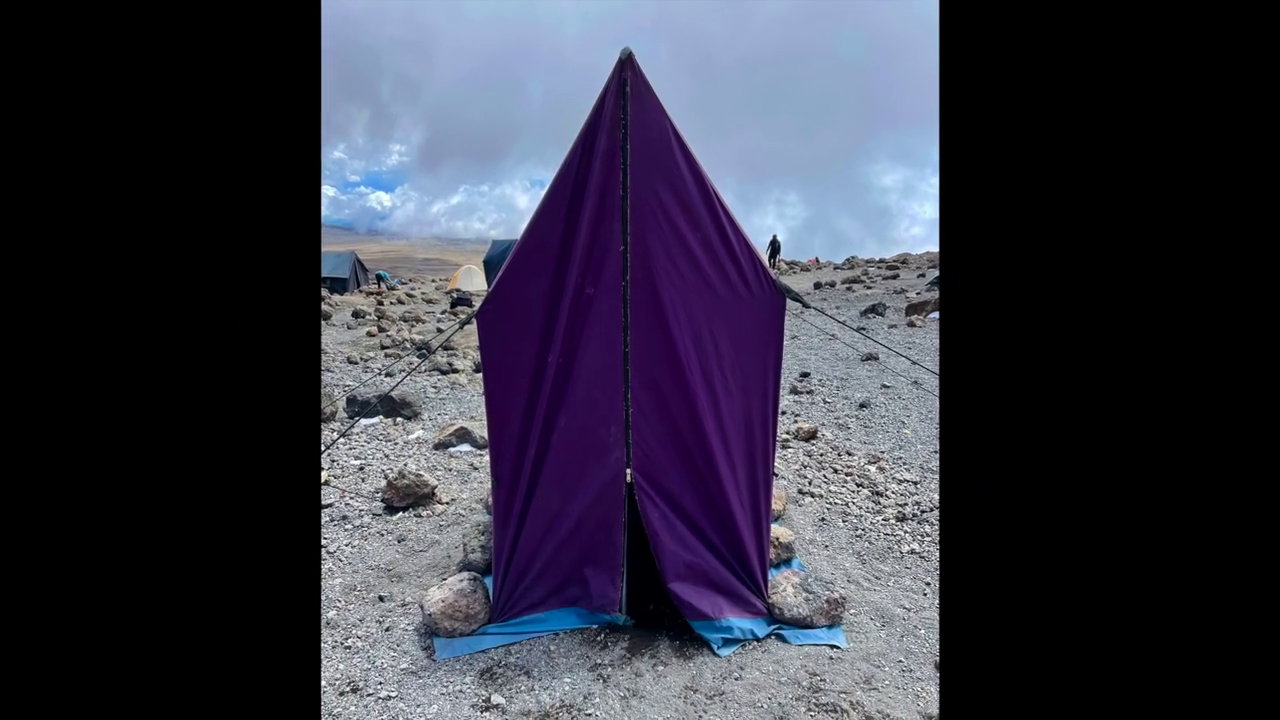
bathroom on mountain kilimanjaro
Bathroom on Mountain Kilimanjaro: What to Expect and How to Prepare Introduction One of the most common — and least discussed — questions from people
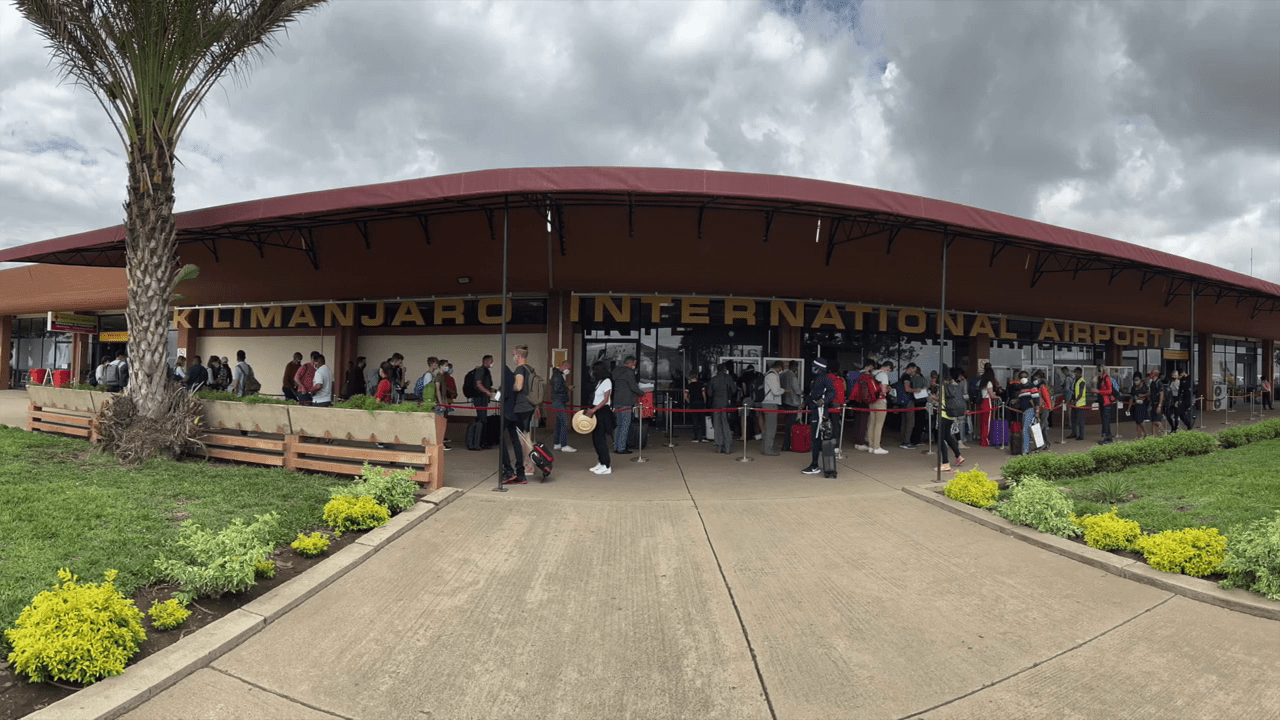
Are Guides Readily Available in Tanzania Without Prior Booking?
Are Guides Readily Available in Tanzania Without Prior Booking? Introduction: Should You Risk Climbing Without Pre-Booking? Climbing Mount Kilimanjaro is a dream for many adventurers.
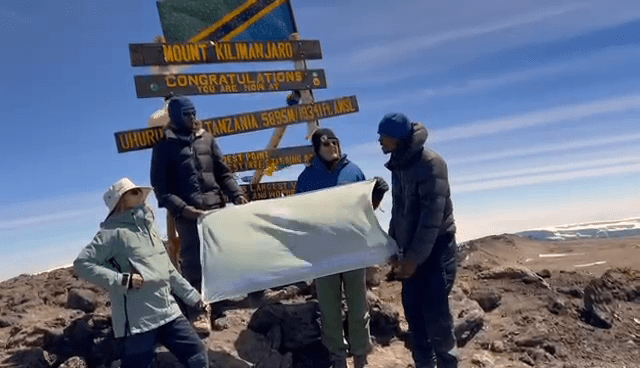
How Can I Find a Reliable Local Guide for My Kilimanjaro Expedition?
How Can I Find a Reliable Local Guide for My Kilimanjaro Expedition? Introduction: Why the Right Guide Is Key to Kilimanjaro Success Climbing Mount Kilimanjaro
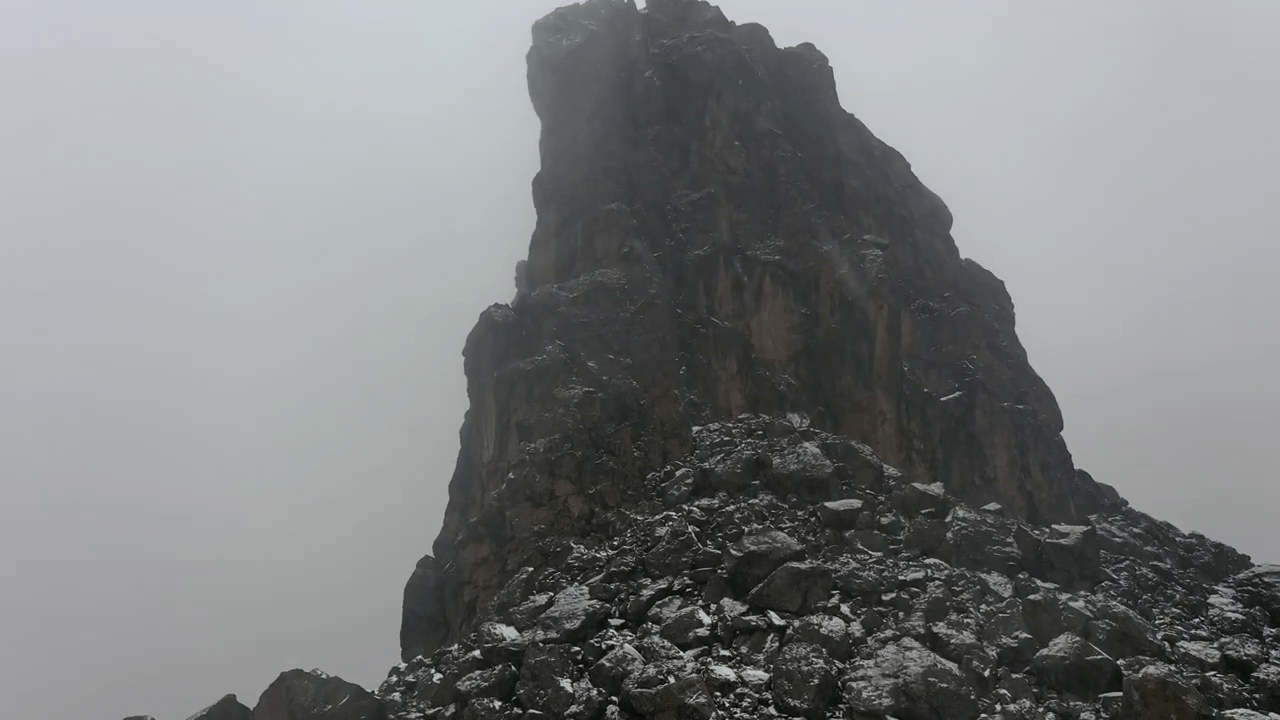
Is Climbing Kilimanjaro Dangerous for Individuals Without Mountaineering Experience?
Is Climbing Kilimanjaro Dangerous for Individuals Without Mountaineering Experience? Introduction: The Myth of Danger and Experience Many aspiring adventurers wonder if climbing Mount Kilimanjaro is
